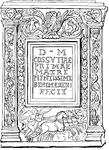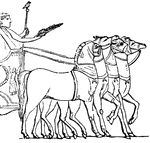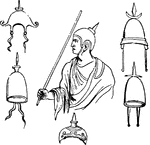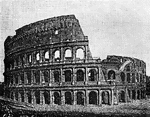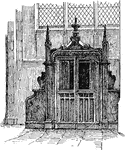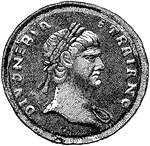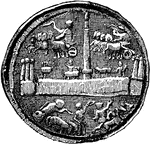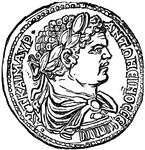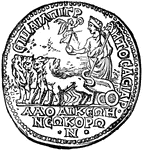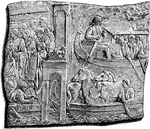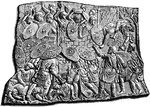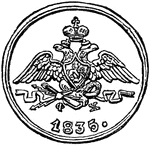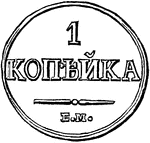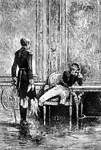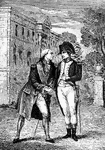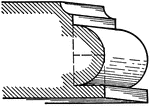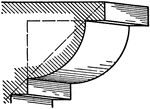
Chrismatory
A receptacle for the chrism, or holy oil, used in the services or the Roman Catholic and Eastern Churches.

Roman augur
"Represents a Roman augur, with his litmus or divining staff, observing the signs in the heavens." —…

Roman Clypeus
"The following cut represents a Roman clypeus, from the column of Trajan. The projection in the centre…

Boxer with cestus
"The cestus was used by boxers from the earliest times. It consisted of thongs of raw ox-hide, or of…
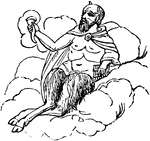
Syrinx
"Syrinx, the Pan's pipe, or Pandean pipe, was the appropriate musical instrument of the Arcadian and…

Toga
"Toga, a gown, the name of the principal outer garment worn by the romans, seems to have been received…
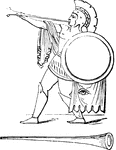
Roman trumpet
"There appears to have been no essential difference in form between Greek and Roman or Tyrrhenian trumpets.…
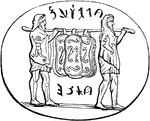
Ancilia
"According to the ancient authorities, it was made of bronze, and its form was oval, but with the two…

Tunica
"Tunica, an under-garment. Roman. The Tunica of the Romans, like the Greek chiton, was a woollen under…

Vestales
"Vestaes, the virgin priestesses of Vesta, who ministered in her temple and watched the eternal fire.…

Umbraculum
"Umbraculum, Umbella, a parasol, was used by Greek and Roman ladies as a protection against the sun.…
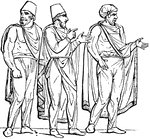
Sagum
"The sagum was open in the front, and usually fastened across the shoulders by a clasp. The form of…

Albert Edward
Prince of Wales, Edward VII, was the King of the United Kingdom of Great Britain and Ireland, King of…

Emperor Meiji
Emperor Meiji (November 3, 1852 – July 30, 1912), or Meiji the Great, was the 122nd Emperor of Japan…
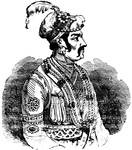
Jehangire
"Jehangire kept his court at Delhi, one of the most splendid cities of the East, where he called the…

Aurungzrbr
"This sovereign was the last of the Mogul emperors of India who displayed the talent and energy of a…

Taou-Kwang
"The emperor of China, Taou-Kwang, was born in 1782, and is a grandson of Kien-long. He succeeded his…
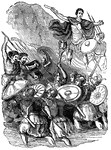
Caesar in England
"All histories of England commence with the invasion of Julius Caesar, the earliest event in that quarter…

Guy Fawkes and his associates
"One of the most extraordinary events in the history of England is that commonly known by the name of…

Napoleon Bonaparte
"The celebrated warrior and Emperor of the French, Napoleon Bonaparte, was born at Ajaccio, in the island…

Raised Fillet
A roman moulding, called Raised Fillet. Its projection is generally made equal to its height.…

Bead
A roman moulding, called a Bead. It is a molding consisting of a semi-circle on a flat surface.…

Scotia
A roman moulding, called a Scotia. It consists of two quarter circles one of which has a radius…
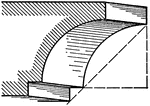
Cavetto
A roman moulding, called a Cavetto. It consists of a quarter circle with a sunk fillet below.…
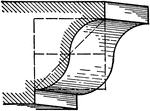
Cyma Recta
A roman moulding, called a Cyma Recta. It is a moulding of double curvature and two fillets.…

Cyma Reversa
A roman moulding, called a Cyma Reversa. This like the cyma recta, is composed of two quarter…

Pluto, Persephone, and Mercury
"Mercury was sent, accompanied by Spring, to demand Persephone of Pluto. The wily monarch consented,…

Faunus
"Sylvanus and Faunus were Latin divinities, whose characteristics are so nearly the same as Pan that…



